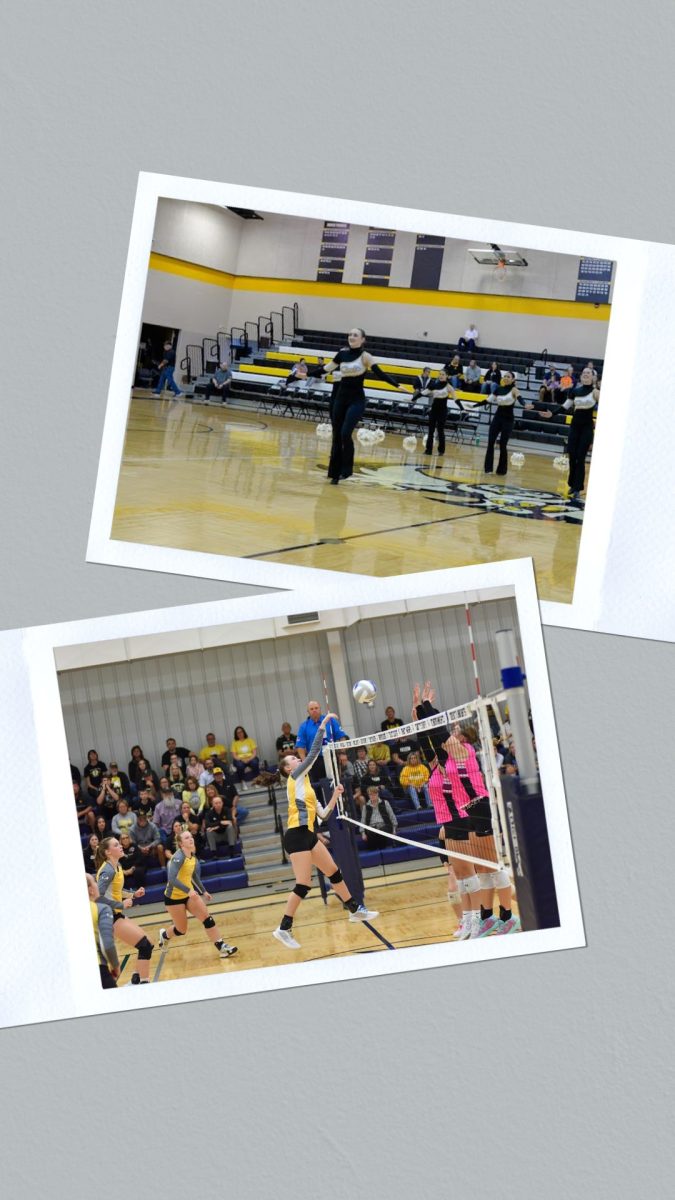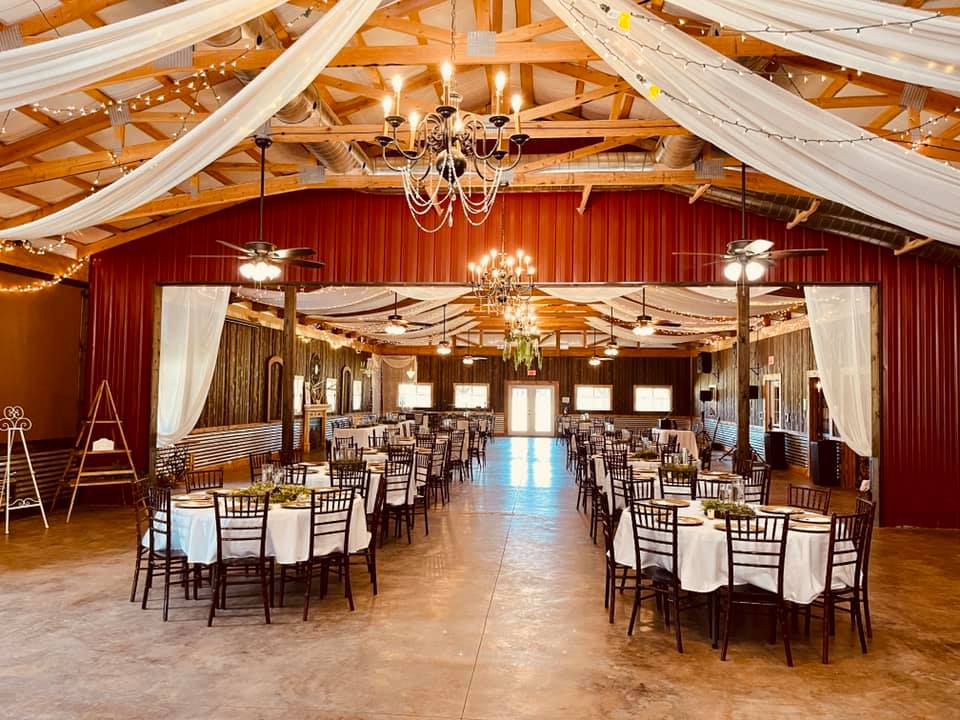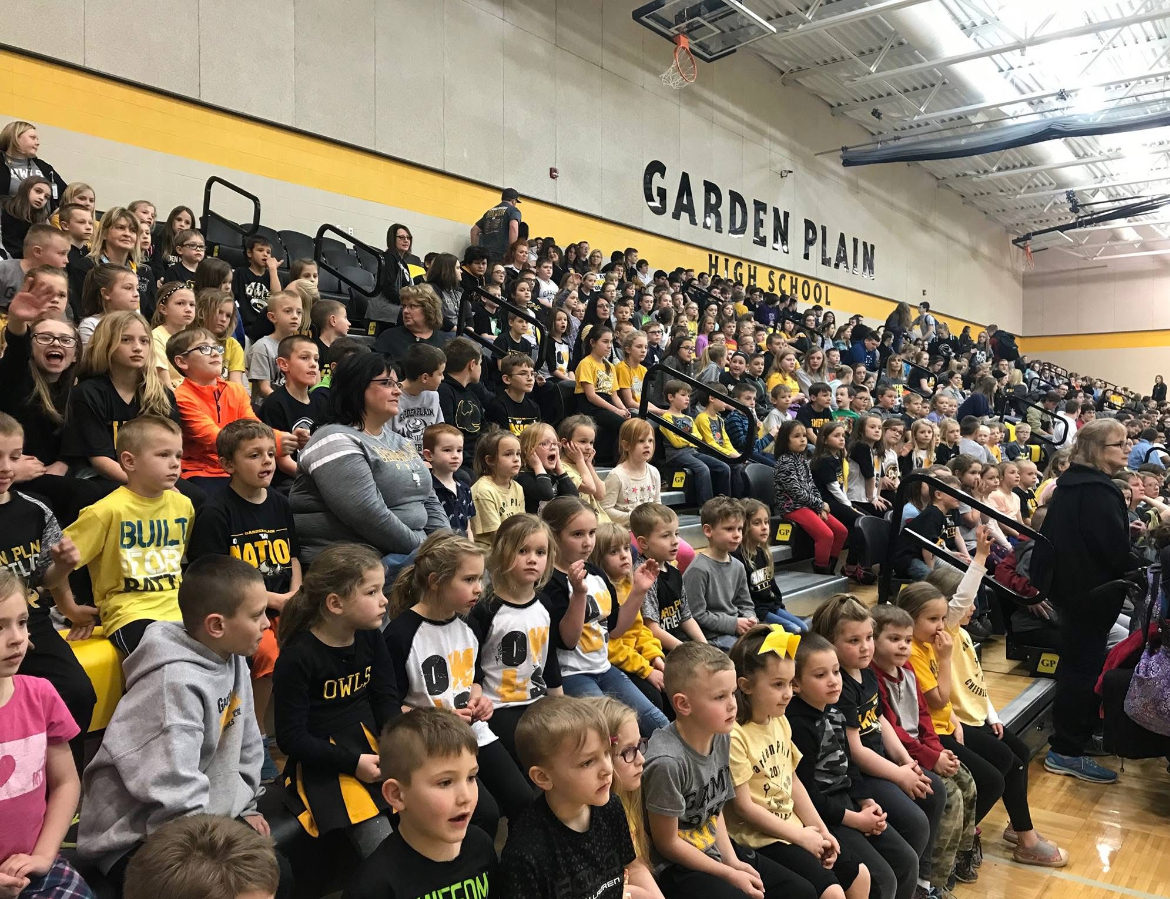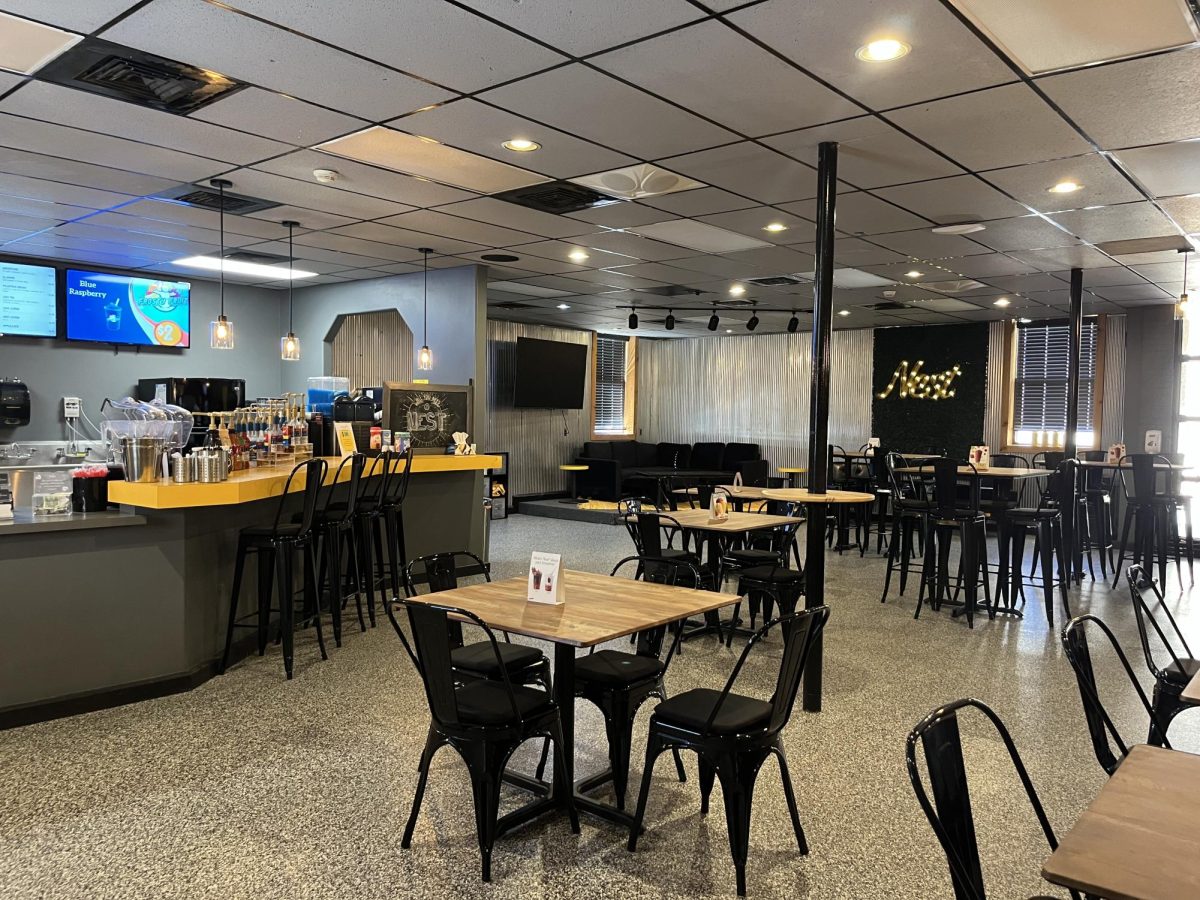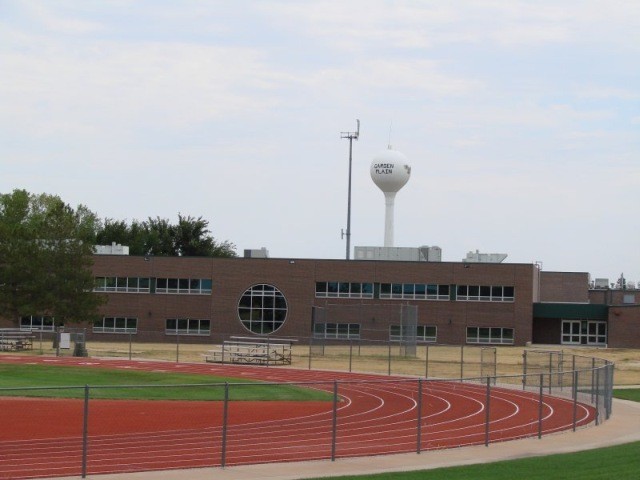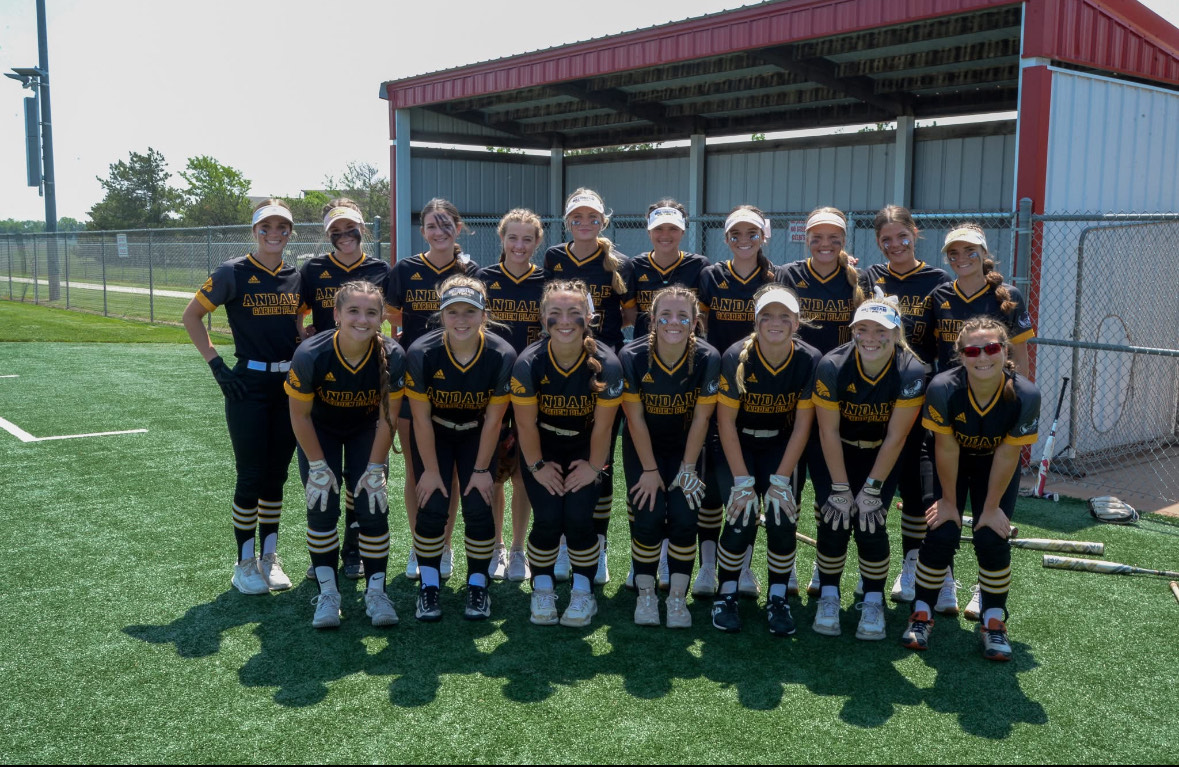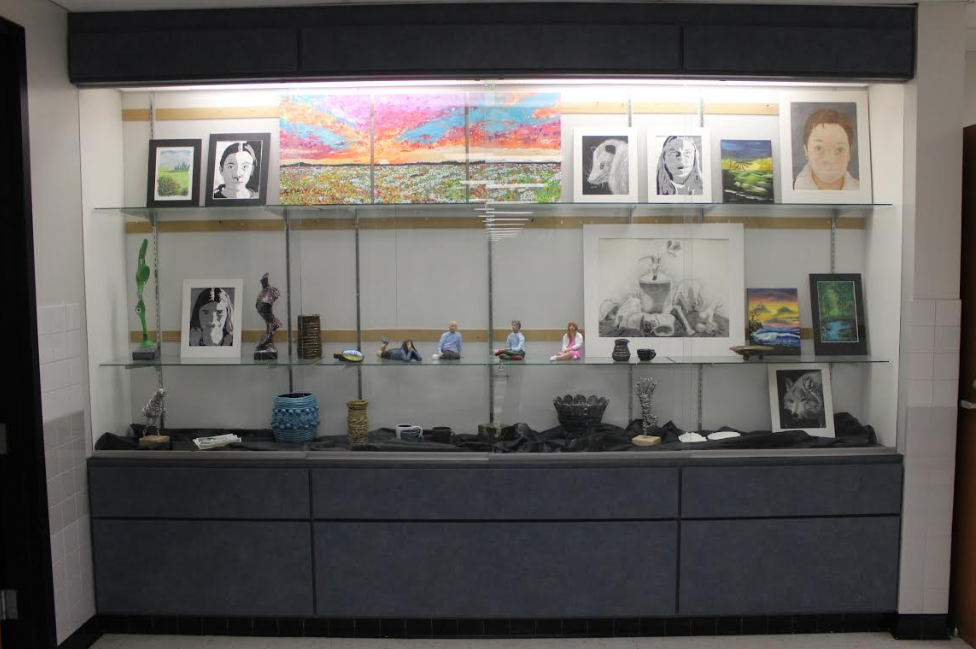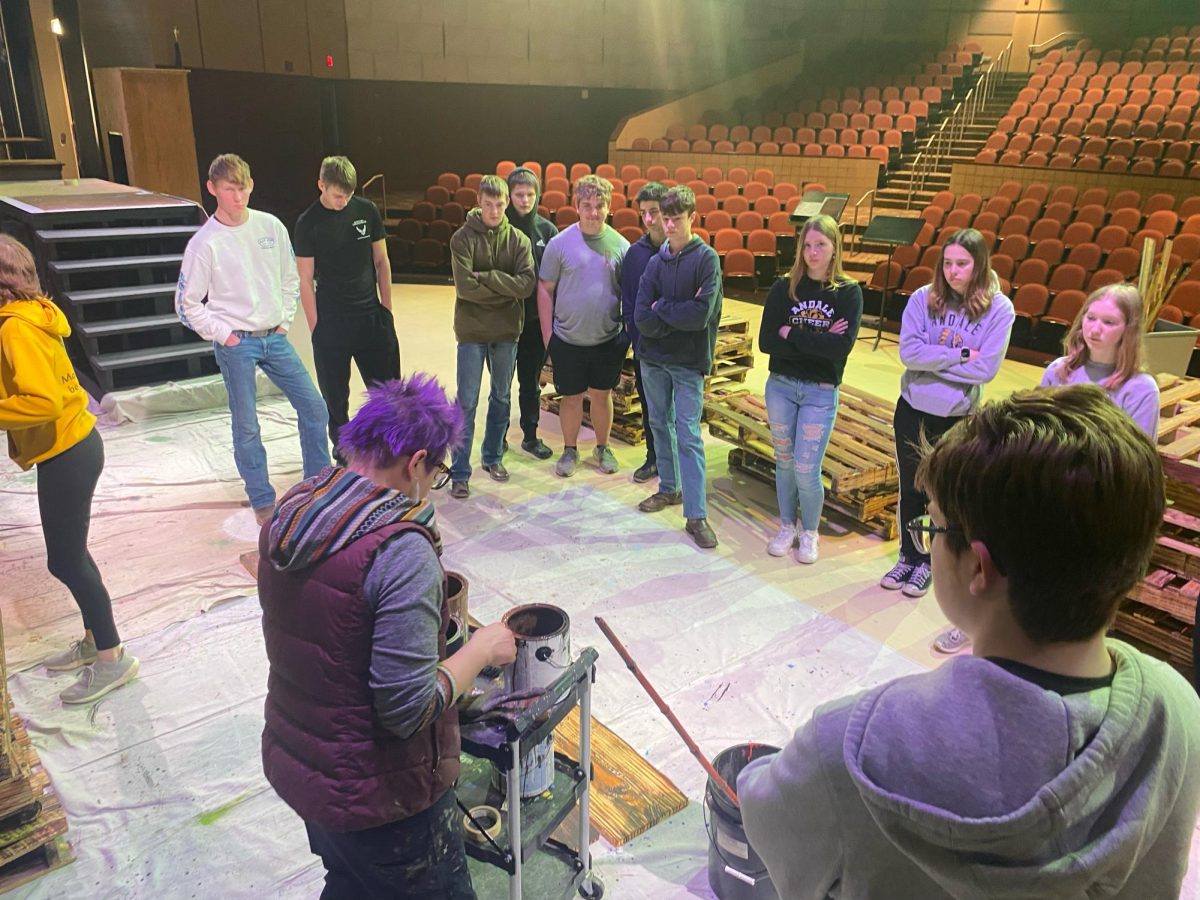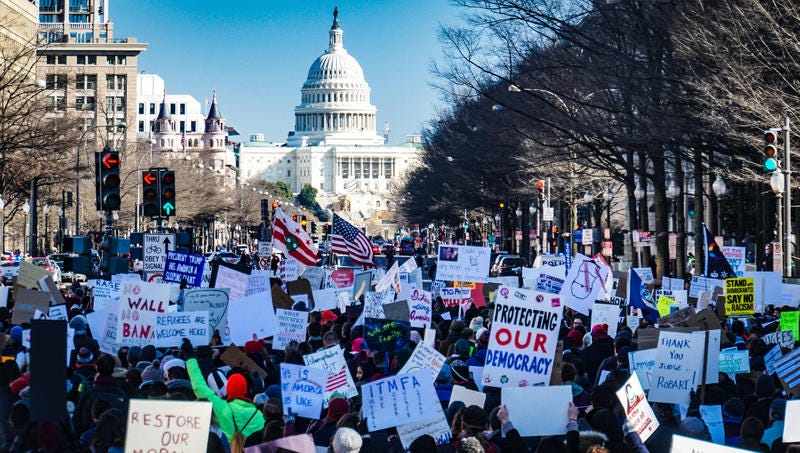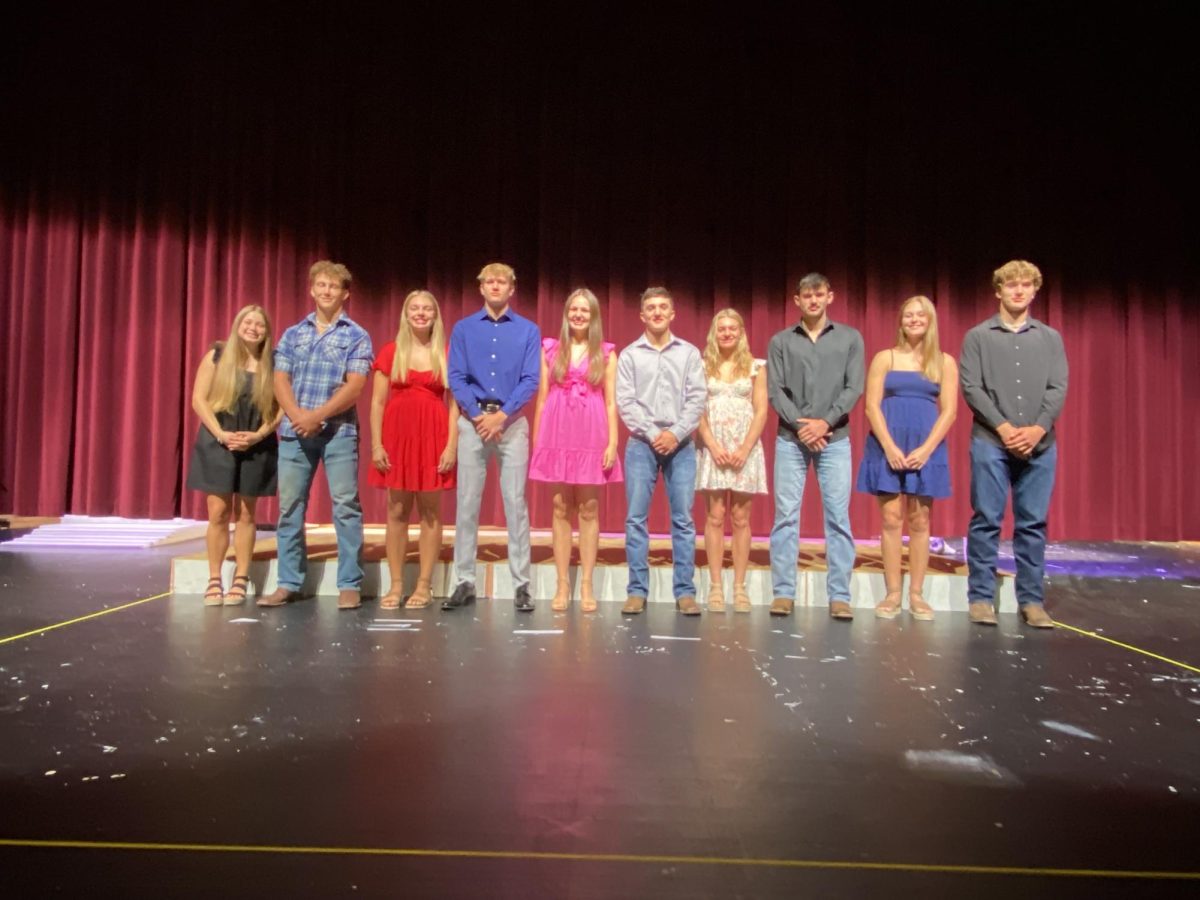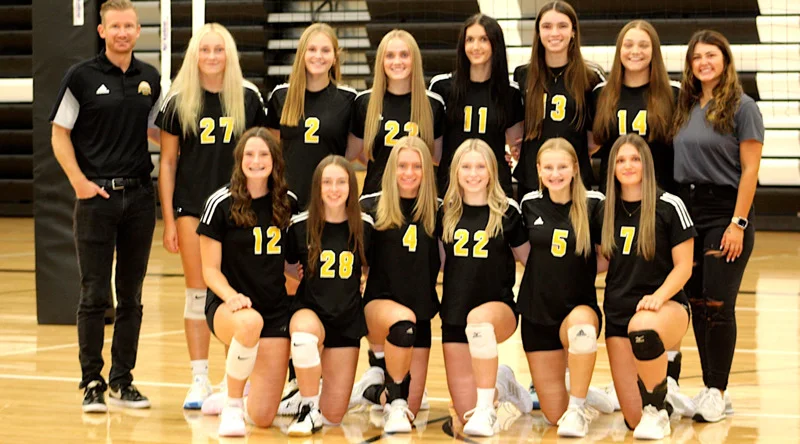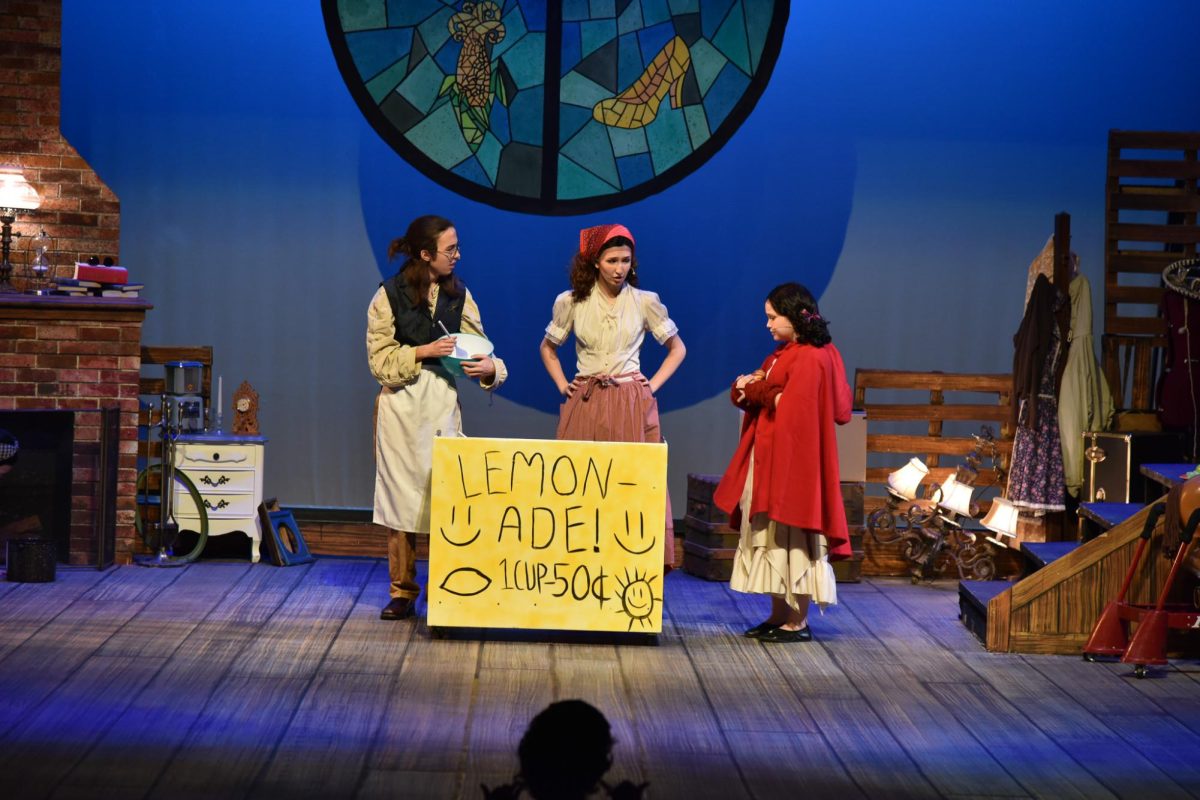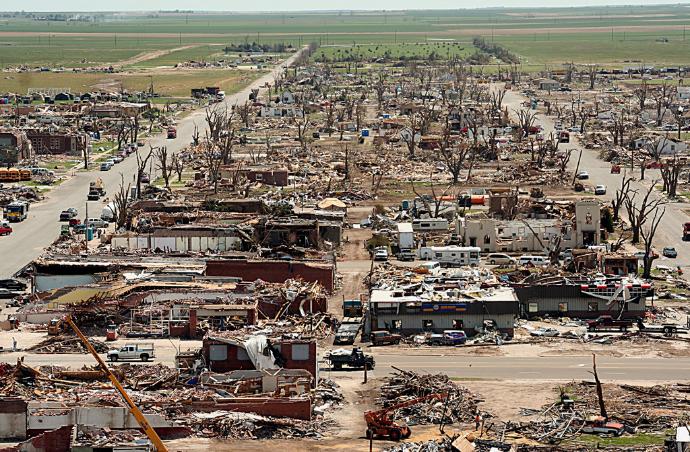Greensburg was once a quiet, peaceful town of about 1,400 people resting in the plains of western Kansas. Residents often spent their time enjoying the town’s pool, picking up groceries at the local Dillon’s, or watching the high school sports teams compete. But on May 4, 2007, everything changed.
The day started with humidity and warnings of thunderstorms in Western Kansas. A low pressure area was making its way across Kansas from the east. A warm front had also developed and was sweeping in from the north. When these two conditions combined near Central Kansas, and humidity and wind increased, supercells began to develop all across the state. This sparked a tornado outbreak lasting from May 4th to May 6th. A total of 132 tornadoes were reported in this three day span. One of these tornadoes, however, stood out from the rest.

The Greensburg tornado touched down in Comanche County on May 4th. It started moving toward the town of Greensburg, building in speed and size as it went. The sirens of Greensburg rang out roughly 27 minutes before the tornado reached the town. The National Weather Service even issued a tornado emergency alert, which are rarely issued.
Residents desperately rushed to their basements. Those without basements took shelter with neighbors or in the interior rooms of their homes. By the time the tornado entered Greensburg from the south, it was 1.7 miles wide and blowing at speeds over 205 mph. The Greensburg tornado was the first tornado to be rated EF5 in the US since 1999. It tore straight through the city of Greensburg until about 10:05, when it exited through the north and eventually dissipated.
As the survivors of the tornado emerged from their shelters, they were met with a scene of total destruction. The powerful winds of the tornado had stripped all the trees of their leaves and bark. It had lifted people’s homes and businesses into the sky and torn them to shreds. A devastating 95% of the town of Greensburg had been destroyed by the tornado. 11 people, between the ages of 48-79 had perished during the storm. Some 63 others had serious injuries. The small town had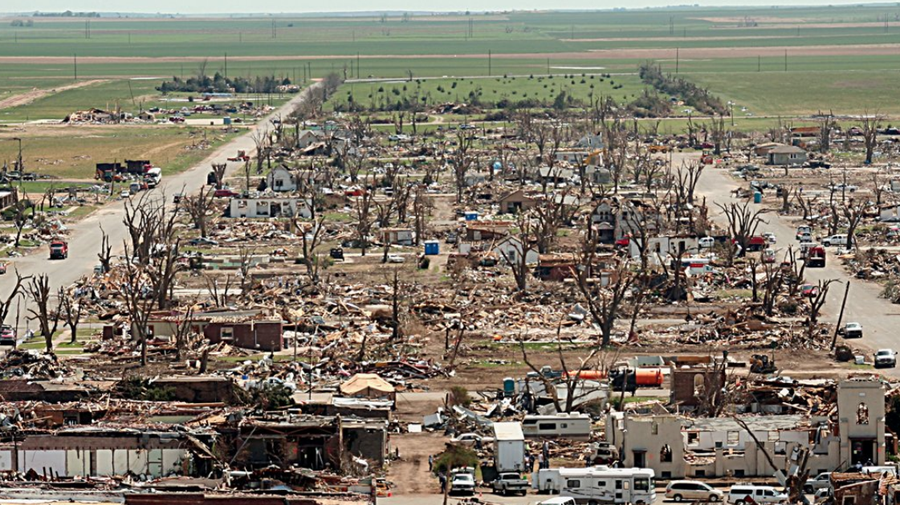 been shaken to its core. Emergency responders arrived on the scene almost immediately after the storm had concluded. They pulled people from the rubble of their homes and put them on buses to a nearby shelter. Everything the residents of Greensburg had ever known had been demolished beyond recognition. But they were determined to rebuild.
been shaken to its core. Emergency responders arrived on the scene almost immediately after the storm had concluded. They pulled people from the rubble of their homes and put them on buses to a nearby shelter. Everything the residents of Greensburg had ever known had been demolished beyond recognition. But they were determined to rebuild.
Volunteers from all around the state travelled to Greensburg to help clear debris and rebuild. An estimated 75,000-80,000 truckloads worth of debris were hauled from the city. A memorial marker was dedicated to those that lost their lives in the storm. Greensburg was slowly but surely restored to its original glory. The city officials decided on a plan to build a new Greensburg-one with zero carbon emissions. Now, almost twenty years later, the town is completely powered by one small wind farm. The high school was rebuilt with recycled wood. The town collects rainwater for irrigation and utilizes geothermal heating an cooling. They now save about $200,000 annually in utility costs.
 The story of Greensburg and its people is nothing if not an inspirational one. The people of the city remained hopeful in the face of a devastating disaster, and managed to rebuild from a terrible situation. They showed the world that tragedy can be used as an opportunity to grow together and create something better than before. Greensburg, KS rose from the debris of the storm like a phoenix from the ashes of its old self. Let the story of this small town be an inspiration for everyone, to come together, learn from the past, and build a better future.
The story of Greensburg and its people is nothing if not an inspirational one. The people of the city remained hopeful in the face of a devastating disaster, and managed to rebuild from a terrible situation. They showed the world that tragedy can be used as an opportunity to grow together and create something better than before. Greensburg, KS rose from the debris of the storm like a phoenix from the ashes of its old self. Let the story of this small town be an inspiration for everyone, to come together, learn from the past, and build a better future.

